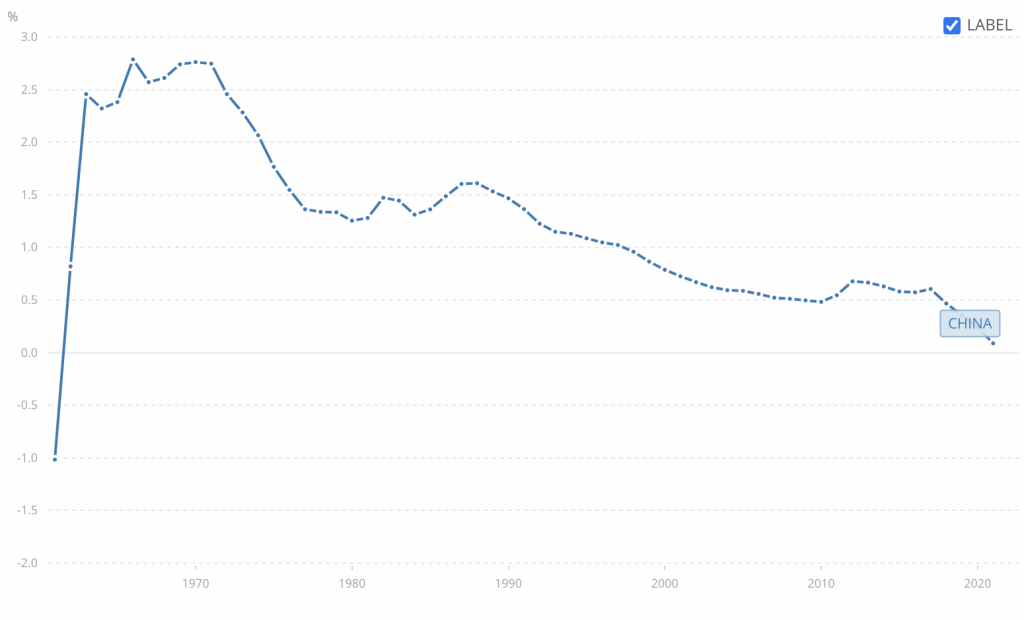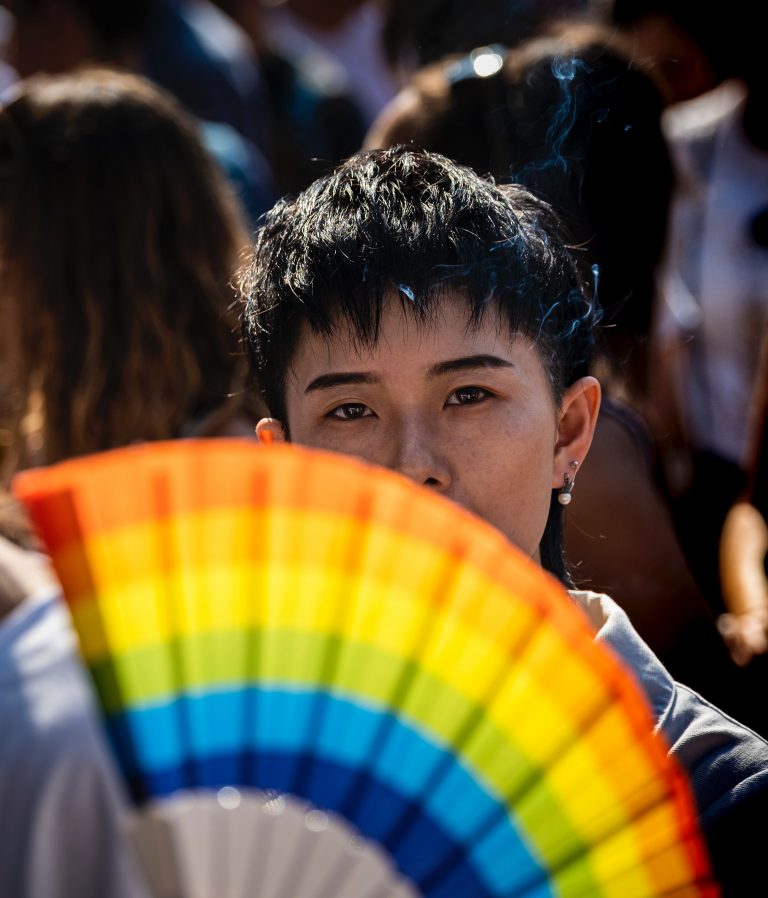How do World Affairs Affect Adoption?
In 2015, the United States accounted for 46% of all adoptions from the 24 countries that make up the Hague Adoption Convention. This convention serves as an international agreement to protect adoptions between member nations.
A study conducted by Newcastle University found that the United States was the number one country adopting from overseas between 2004 and 2020. The top countries from which children are adopted have histories of economic, social, and political turmoil. According to the same study, China, Ukraine, and Ethiopia were among the top 10.
China: One Child Nation and International Adoptions
China’s 1980 One Child Policy infamously outlawed having more than one child to curb the exponential growth rate of the population. With more mouths to feed than food available, China was headed toward a famine that would affect tens of thousands of citizens. The system put in place harmed lower-class families who could not pay the hefty fines for having multiple children.
As a result, thousands of babies were adopted while the policy was in effect. Most of these babies were girls due to China’s cultural preference for male family heirs.

via World Bank
The One Child Policy was formally ended in 2015 as the government saw a decrease in the population, and there was no longer a need to fear food shortages. However, there is a disproportionately large number of men in China, and in 2016, there were an estimated 33.59 million more male citizens than female. In order to curb the growing gender gap and decrease in the labor force, the Chinese government is now discouraging adoption and encouraging Chinese families to have up to three babies.
The One Child Policy was formally ended in 2015 as the government saw a decrease in the population, and there was no longer a need to fear food shortages. However, there is a disproportionately large number of men in China, and in 2016, there were an estimated 33.59 million more male citizens than female. In order to curb the growing gender gap and decrease in the labor force, the Chinese government is now discouraging adoption and encouraging Chinese families to have up to three babies.
Ukraine: Navigating Adoption After USSR Rule
In 2020, the Annual Report of Intercountry Adoption claimed that Ukraine, while not a member of the Hague Adoption Convention, had surpassed China’s number of children adopted by American families.
Since leaving the USSR in 1991, Ukraine has dealt with the task of healing from years of authoritarian rule. This reconstruction included phasing out the system that made it easy for parents to surrender their children to the state. However, the societal stigma around children with diseases and disabilities remains.
Particularly in the areas affected by radiation from the Chernobyl disaster of 1986, thousands of children are born with physical disabilities and different types of cancers. It is commonly believed in Ukraine that children with disabilities receive better care in institutions than with their biological families. However, human rights investigators claim that conditions in these institutions are so unsafe that Ukraine should not be permitted to join the European Union until they are all closed.
Many Americans have said that seeing so many innocent children in such horrific conditions was enough to make them want to adopt Ukrainian children.
Ethiopia: Outlawing Adoption to Protect its Children
Like many other countries from which American families adopt the most children, Ethiopia has seen decades of poverty. In the 1980s, Ethiopia saw one of the worst hunger crises, leading to about 1 million deaths and millions more displaced or orphaned citizens. Additionally, the AIDS crisis left about 12% of women and 8% of men HIV positive by 2000. Children were contracting it through mother-to-child transmission.
via World Bank
Compared to China’s extreme surplus of babies and Ukraine’s chaotic adoption system and negative stigma towards the disabled, Ethiopia chose to handle international adoptions in a different manner. Adoptions from Ethiopia are often less expensive and timely than those from other countries. Additionally, many of their adoption agencies are American-run, and there is less bribery and corruption, which is comforting to parents from the US.
These American agencies also have the budgets to provide children with “transitional homes” where they can stay while they await adoption. These services are rare in other developing nations where local governments are tasked with caring for orphans.
Despite still struggling with a poverty crisis, Ethiopia banned international adoptions in 2018 due to cases of abuse of adopted children at the hands of their American parents. In response to the mistreatment of their adoptees, many Ethiopian people are encouraging their own citizens to sponsor children as an alternative to international adoption.



